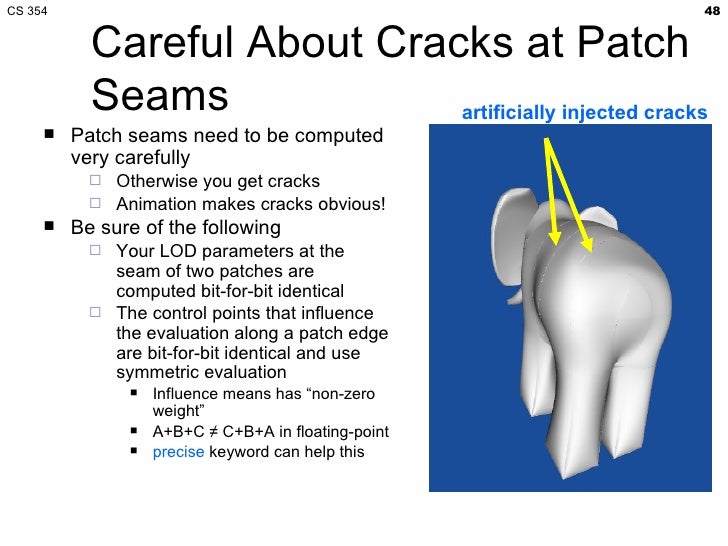Those have been quite improved with Fiji. High tesselation factors are still bottlenecked, but there's very little reason now or in the foreseeable future to change that in a totally significant way. Tessellation needs a lot of other software and hardware support before you're going to see practical reasons for say, a 32x tesselation factor. Perhaps just changing to a wider geometry front end would be beneficial, but there's not a huge need for changing design yet again.
Beyond that relieving registry pressure, increasing single precision performance in compute (a 980ti can beat it in many tests despite the Fury X's theoretical advantage) and getting better performance per watt would all be seen as priority. Fury X was simultaneously TDP and Die size limited. Surely fixed with the move to a new node, but a new series of GPUs on the node could quickly ramp back up to being TDP limited if the architecture isn't made more efficient.
Tessellation pipeline for Fiji, is not that good, tessellation is linked with input output of the shader array that's where the bottleneck is occurring, and its not that much improved over Hawaii. They should try fix that.
Remember the factor doesn't matter, its how much total procedural geometry is being creating by tessellation, so if you have many objects in your FOV with a low factor tessellation it will still have the same effect as one object with high factor of tessellation. And nV has been slowly improving their tessellation performance gen to gen, most likely it will go up again with Pascal, don't see why they wouldn't since the hull shader unit number seems to be attached to the quads.
Overall efficiency of the shader array needs to be improved too, not sure if they can match what nV is doing with less units, at least in games, seems like the way AMD's shader units are, only if coding specific for the architecture seems to be the best way to get more performance out of them over nV, not sure about this though.....
Last edited:

